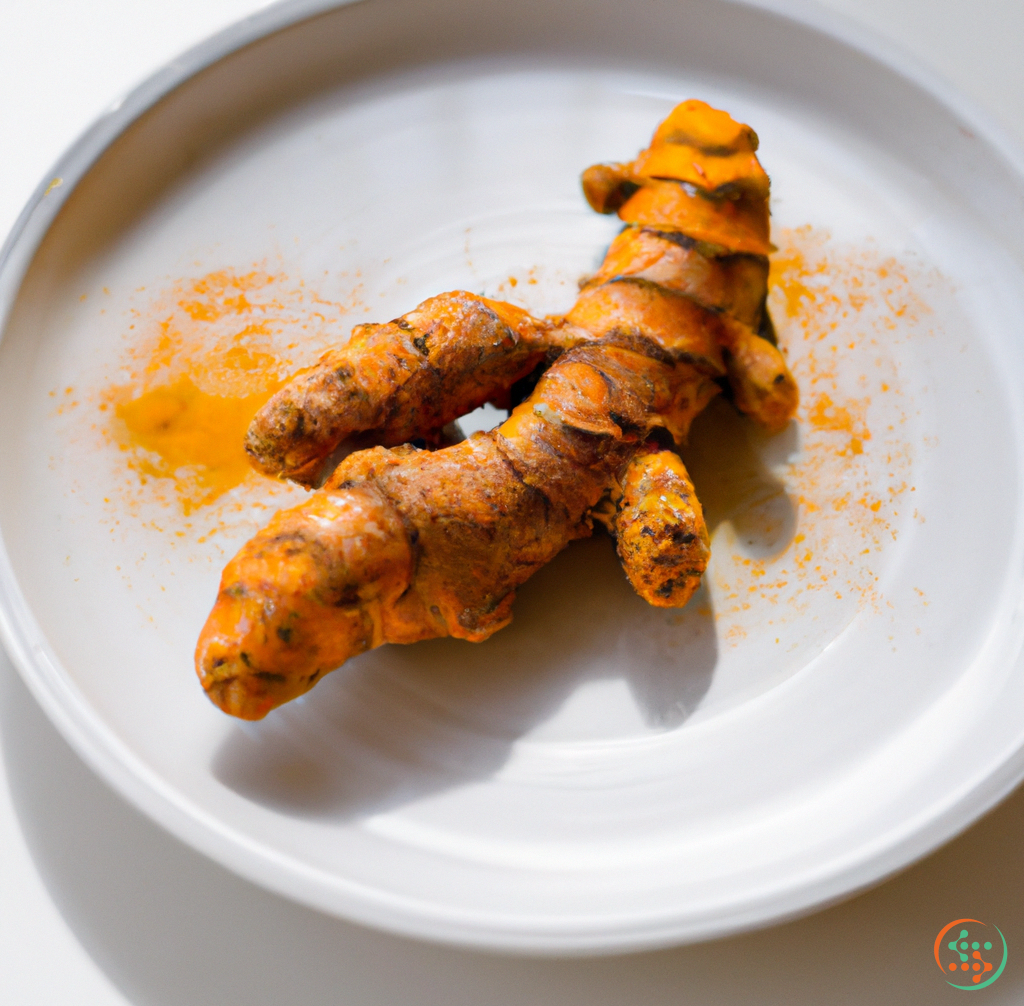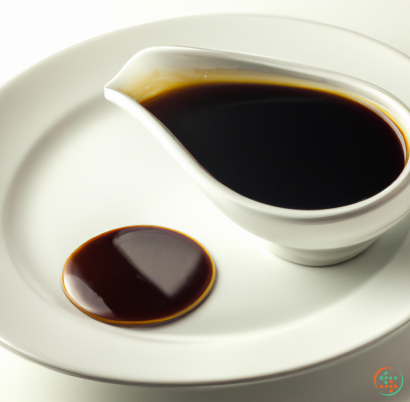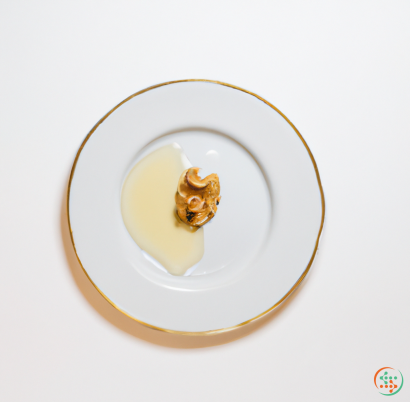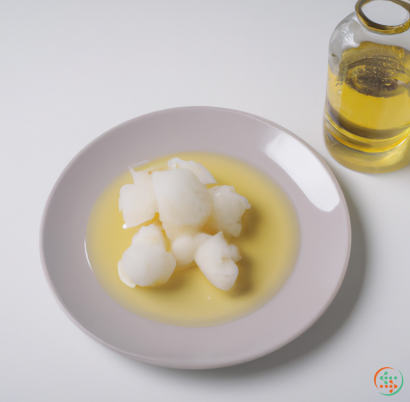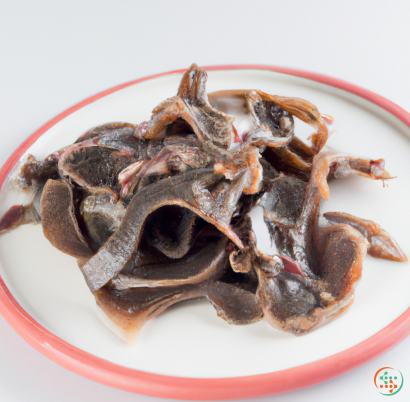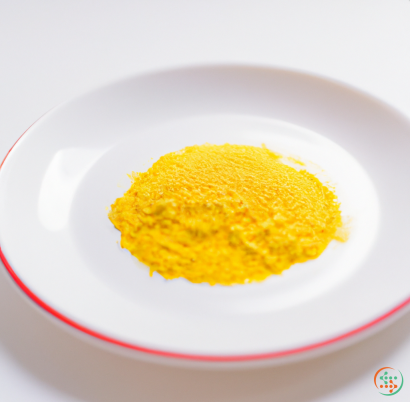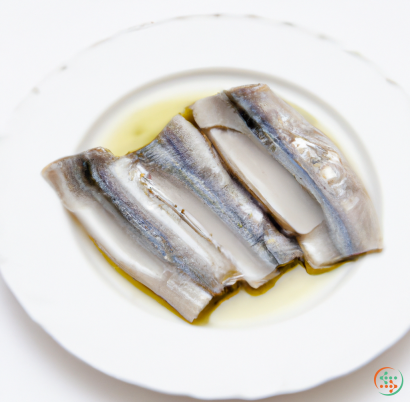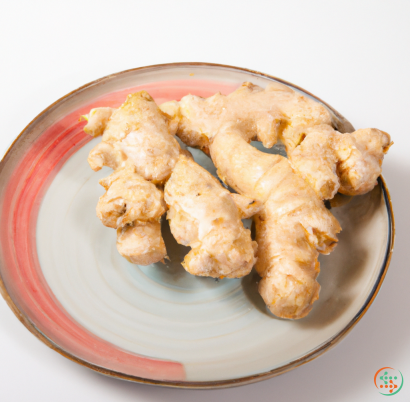Turmeric
Turmeric is an incredibly versatile, flavorful, and medicinal spice native to India and Southeast Asia. It has been used medicinally for centuries and is an integral part of many traditional dishes. The main component of turmeric is the compound curcumin, which gives it its signature yellow color. This compound is what gives turmeric its broad range of health benefits, such as its anti-inflammatory and antioxidant properties.
Turmeric can be purchased in a variety of forms, secured through different types of processing. Depending on how it’s cultivated and processed, turmeric can be found as a fresh, dried, or powdered form. Additionally, some companies add other ingredients to the turmeric to enhance its flavour, medicinal behaviour, and sometimes even colour.
Fresh turmeric root can be used in any dish that calls for dried or ground turmeric, especially those where its flavor is meant to stand out. It has a sweet, earthy flavor with hints of citrus and ginger. Its intense color and flavor do best when used sparingly. Dried or powdered turmeric can be bought from any grocery store or online. Although the colour and flavour of dried/powdered turmeric will be slightly duller than when it is fresh, it still maintains many of its medicinal benefits, and it is much easier to use than fresh turmeric.
As a spice, turmeric is regularly used in curries, soups, and stews, especially in traditional Indian cooking. It can be used as a coloring agent for mustard and pickles, and is also popular in Middle Eastern dishes. Turmeric is believed to aid in digestion and provide various health benefits, acting as a powerful anti-inflammatory. It is also thought to help reduce the risk of certain cancers, heart disease, and depression. Furthermore, some research shows that turmeric may also reduce blood sugar levels, water retention, and Alzheimer's disease.
Aside from being a versatile spice, turmeric can also be used as an ingredient in beauty and skincare products. It is believed to help reduce inflammation and improve skin texture. It can also be used as a natural dye for the hair, as it creates a vibrant yellow hue without the use of harsh chemicals. Additionally, turmeric can be used topically to target acne, help fade dark spots and sun damage, and encourage skin healing.
Due to its many uses, turmeric is quickly making its way into everyday lives. From its traditional uses to new forms such as skincare and haircare, it’s easy to see why this vibrant spice is gaining more and more recognition. Not only is it flavorful, it also provides numerous health benefits. Whether used as a cooked spice, a topical application, or even a natural dye, turmeric is an incredibly versatile way to add flavor and health benefits to any dish or product.
Turmeric root is an increasingly popular ingredient used in a variety of ethnic cuisines. However, few people realize how complex the journey of this bright yellow root is before it makes its way onto your dinner plate. From its beginnings in the humid tropics to its travels to other parts of the world, this blog post breaks down the steps of how turmeric is created and ends up in its final destination in your favorite dish.
From the Ground Up: How Turmeric is Created
Turmeric root is native to India and the various tropical areas of Southeast Asia, where it is grown in hot and humid climates. The plant belongs to the ginger family, and grows as a rhizome or underground tuberous root. Turmeric is a hardy crop that can be easily grown from cuttings. These cuttings will eventually form a network of horizontal stems and vertical rhizomes, known as hands, which emerge above the surface of the soil as the plant matures.
The plant takes three to four months to reach maturity, after which the hands are harvested by hand and dried to produce the familiar yellow-brown root. As it is dried, the root changes color to the deep golden hue that is so typical of turmeric. After drying, the roots are graded according to size and color, and then peeled of their outer husks. The cleaned and sorted root is then cut into small, uniform pieces. During this entire process, the turmeric is kept well-ventilated to ensure proper drying and to prevent spoilage.
Processing
Turmeric is used in many different forms, but the most common form is powdered turmeric. Powdered turmeric is created by milling the cut turmeric root until it is a fine powder. Turmeric powder is then boiled in water and strained to create a thick paste called a slurry. Other forms of turmeric include whole root, pickled, or fresh turmeric juice.
Next, the turmeric is put through an extensive refining process which involves removing the impurities such as dirt, skin, and other debris. This is done by sifting the powder through a fine mesh or sieve. The sifted powder is then passed through a centrifuge to further refine it. This process is important for producing the high quality and consistent product that consumers expect.
Packaging and Shipping
The processed turmeric is then packaged and shipped to different parts of the world depending on consumer demand. It is usually vacuum packed and sealed in plastic bags or sealed containers in order to protect it from air and moisture. The packaging also helps to preserve the potency and flavor of the turmeric.
Once the turmeric is packaged and sealed, it is shipped to its destination. Turmeric can be shipped by land, air, or sea and the mode of transport depends on the distance it needs to travel. The turmeric is usually shipped in large containers, which can range from small boxes to large truckloads.
At the Final Destination: Bringing Turmeric to Your Dinner Plate
When the shipment of turmeric arrives at its destination, the next step is to bring it to the consumer. This means that the turmeric is distributed to supermarkets, grocery stores, and other retail outlets. Once it reaches the store, the turmeric is displayed in a variety of product forms such as powdered, whole root, pickled, and fresh juice. The consumer can then decide on what type of turmeric suits their needs and preferences.
Once the consumer has chosen their preferred form of turmeric, it is time to prepare it for the meal. Turmeric is most commonly used as a spice and flavoring in a variety of dishes. As a spice, turmeric is usually added to a recipe near the beginning of the cooking process. This gives the turmeric time to mix with the other ingredients and create a flavorful dish.
Once the dish is ready, it is then served at the dinner table. The turmeric has gone through an extensive process, traveling thousands of miles to get to its final destination. Turmeric may seem like an ordinary ingredient, but the amount of work and labor behind it is truly remarkable. Now that is a journey worth celebrating the next time you enjoy a dish with turmeric.
| Vitamin E | 0.00443 grams | |
| Vitamin K | 0.0134 mg | |
| Vitamin C | 0.7 mg | |
| Vitamin B1 | 0.06 mg | |
| Vitamin B2 | 0.15 mg | |
| Vitamin B3 | 0.00135 grams | |
| Vitamin B4 | 0.0492 grams | |
| Vitamin B5 | 0.54 mg | |
| Vitamin B6 | 0.11 mg | |
| Vitamin B9 | 0.02 mg |
| Calcium | 0.168 grams |
Daily Value 1.3 g
|
| Iron | 0.055 grams |
Daily Value 0.018 g
|
| Magnesium | 0.208 grams |
Daily Value 0.4 g
|
| Phosphorus | 0.299 grams |
Daily Value 1.25 g
|
| Potassium | 2.08 grams |
Daily Value 4.7 g
|
| Sodium | 0.027 grams |
Daily Value 2.3 g
|
| Zinc | 0.0045 grams |
Daily Value 0.011 g
|
| Copper | 0.0013 grams |
Daily Value 0.9 mg
|
| Manganese | 0.0198 grams |
Daily Value 0.0023 g
|
| Selenium | 0.0062 mg |
Daily Value 0.055 mg
|
| Tryptophan | 0.17 grams | |
| Threonine | 0.33 grams | |
| Isoleucine | 0.47 grams | |
| Leucine | 0.81 grams | |
| Lysine | 0.38 grams | |
| Methionine | 0.14 grams | |
| Cystine | 0.15 grams | |
| Phenylalanine | 0.53 grams | |
| Tyrosine | 0.32 grams | |
| Valine | 0.66 grams | |
| Arginine | 0.54 grams | |
| Histidine | 0.15 grams | |
| Alanine | 0.33 grams | |
| Aspartic Acid | 1.86 grams | |
| Glutamic Acid | 1.14 grams | |
| Glycine | 0.47 grams | |
| Proline | 0.48 grams | |
| Serine | 0.28 grams |
| Glucose | 0.38 grams |
|
| Fructose | 0.45 grams |
|
| Sucrose | 2.38 grams |
|
| Total Sugars | 3.2 grams |
per 100g
|
| Capric acid (10:0) | 0.85 grams |
|
| Myristic acid (14:0) | 0.39 grams |
|
| Palmitic acid (16:0) | 0.16 grams |
|
| Arachidic acid (20:0) | 0.1 grams |
|
| Total Saturated fatty acids: | 1.5 g | |
| Oleic acid (18:1) | 0.13 grams |
|
| Total Monounsaturated fatty acids: | 0.13 g | |
| Omega-6 Gamma-linolenic acid (18:3) | 0.08 grams |
|
| Linolenic acid (18:3) | 0.08 grams |
|
| Linoleic acid (18:2) | 0.67 grams |
|
| Total Polyunsaturated fatty acids: | 0.83 g | |
| Trans-monoenoic fatty acids | 0.06 grams |
|
| Total Trans fat: | 0.06 g | |
